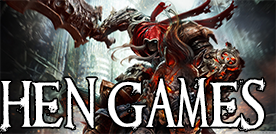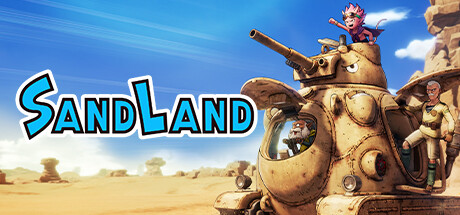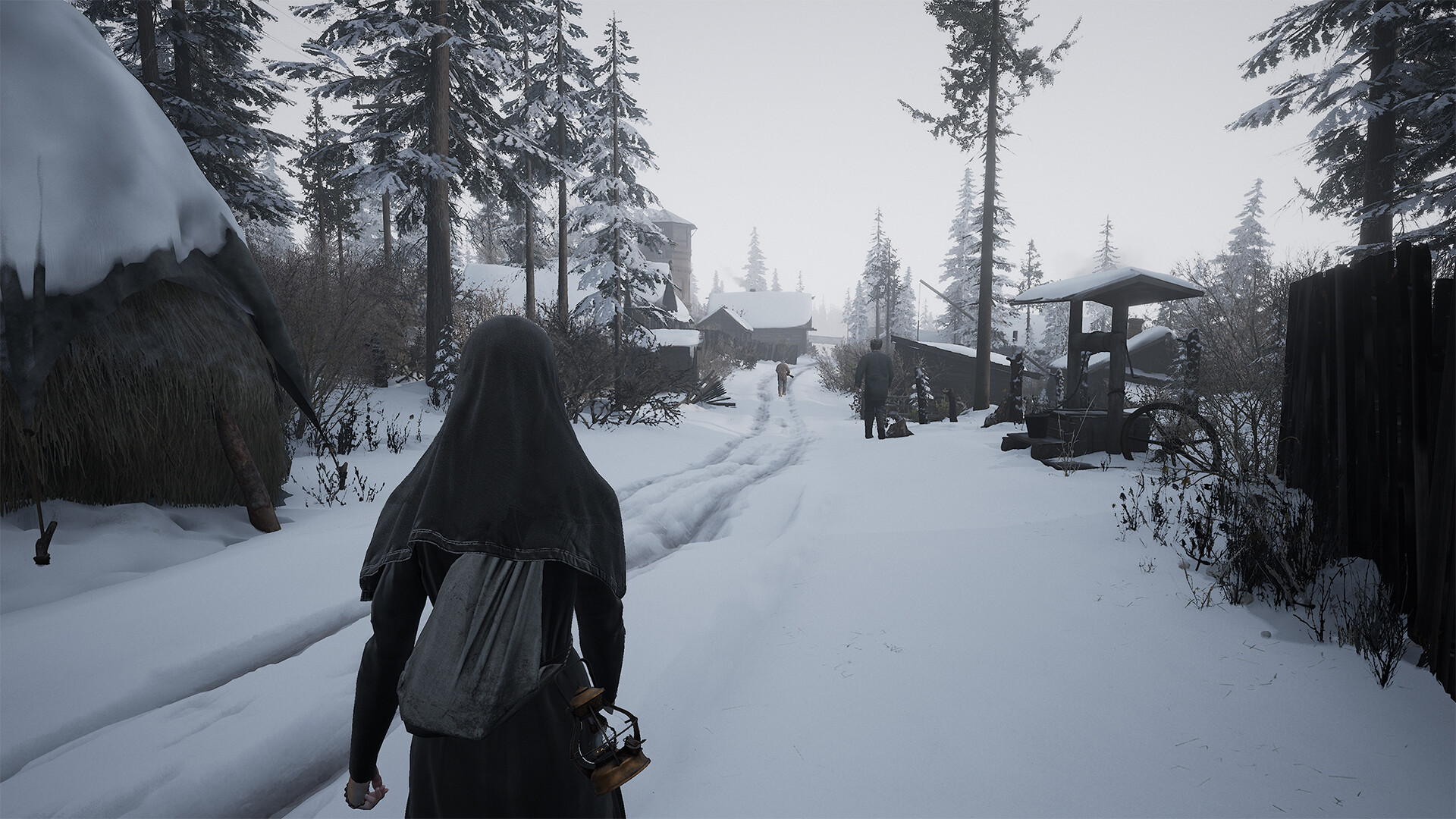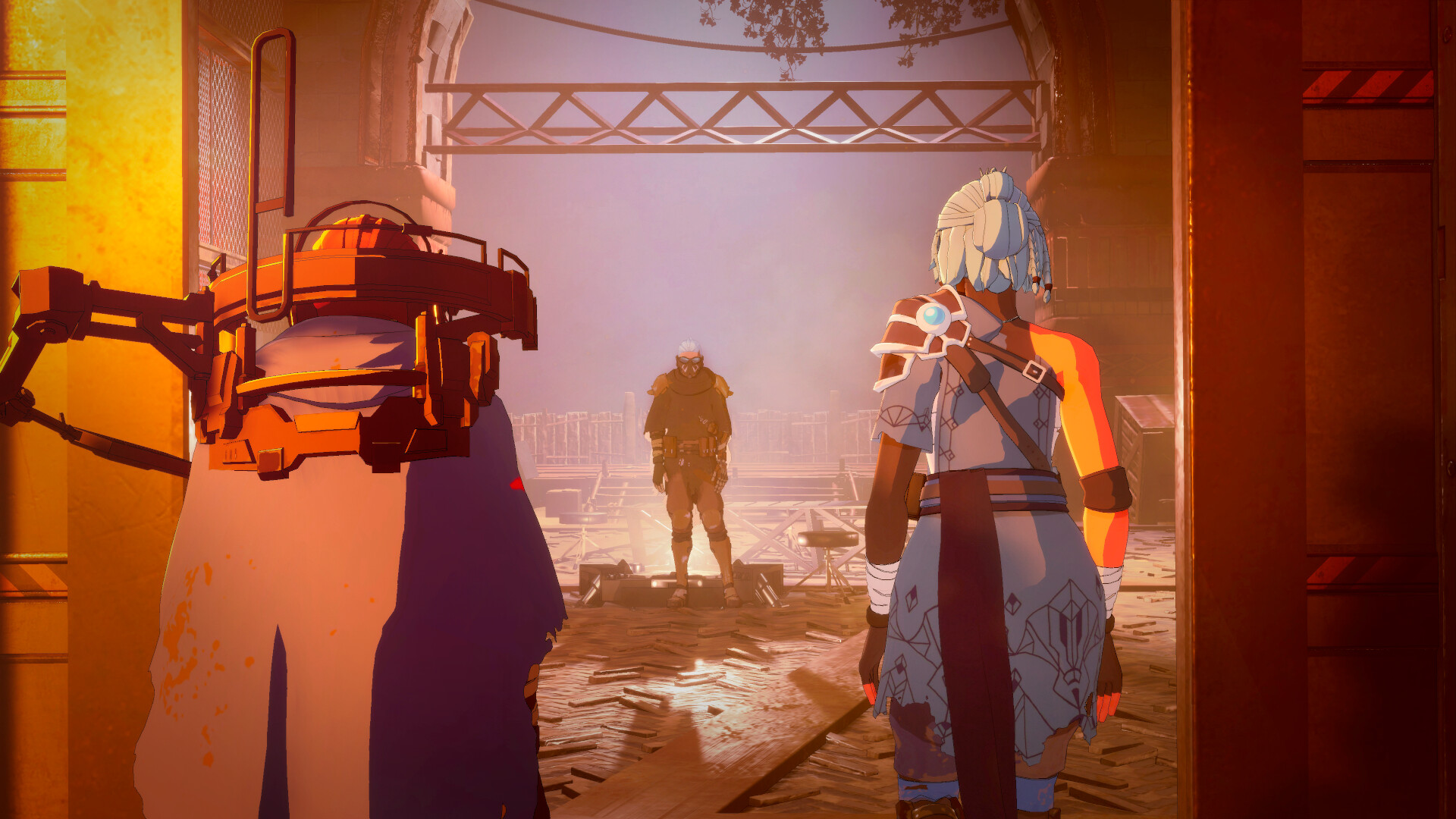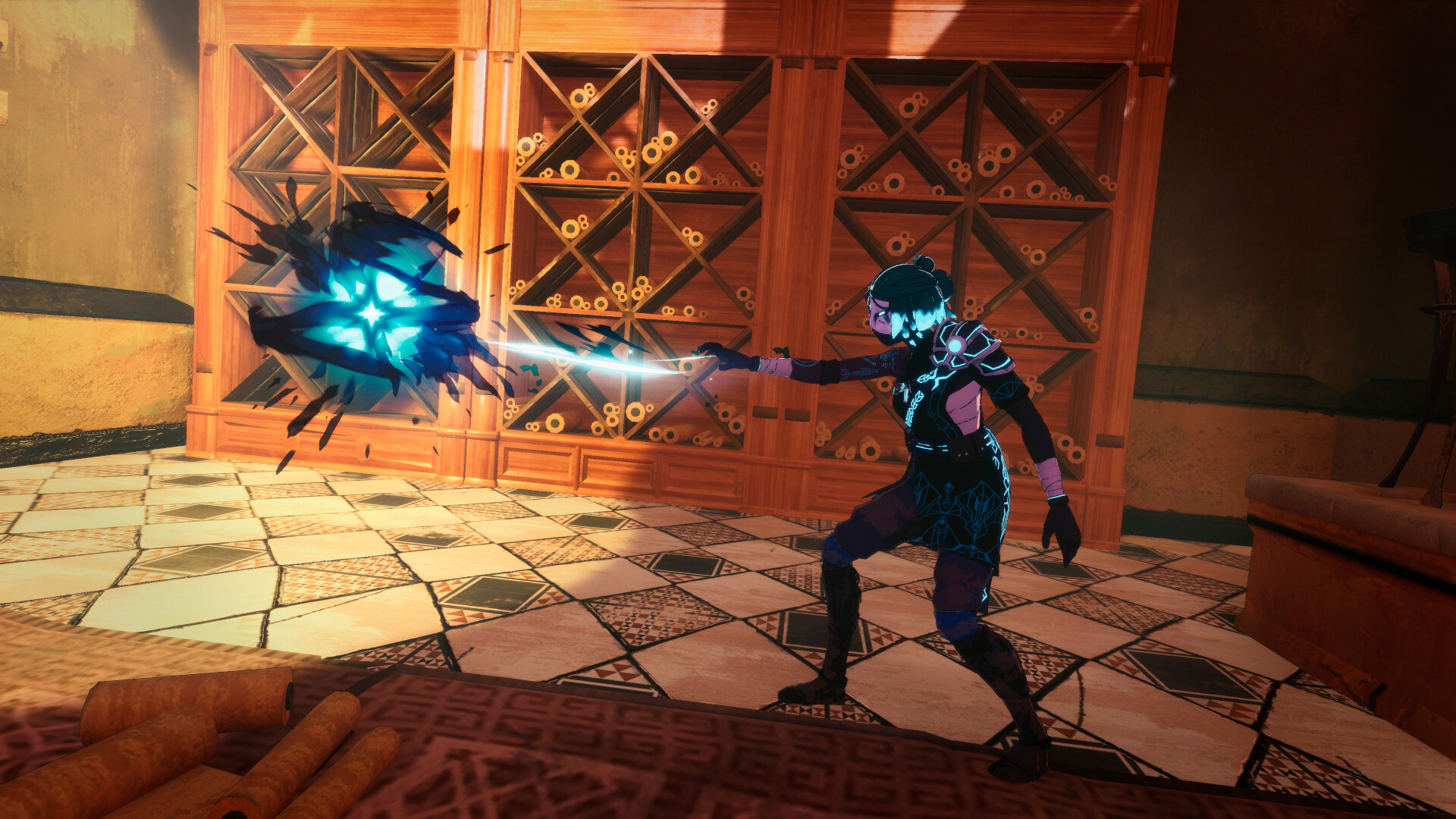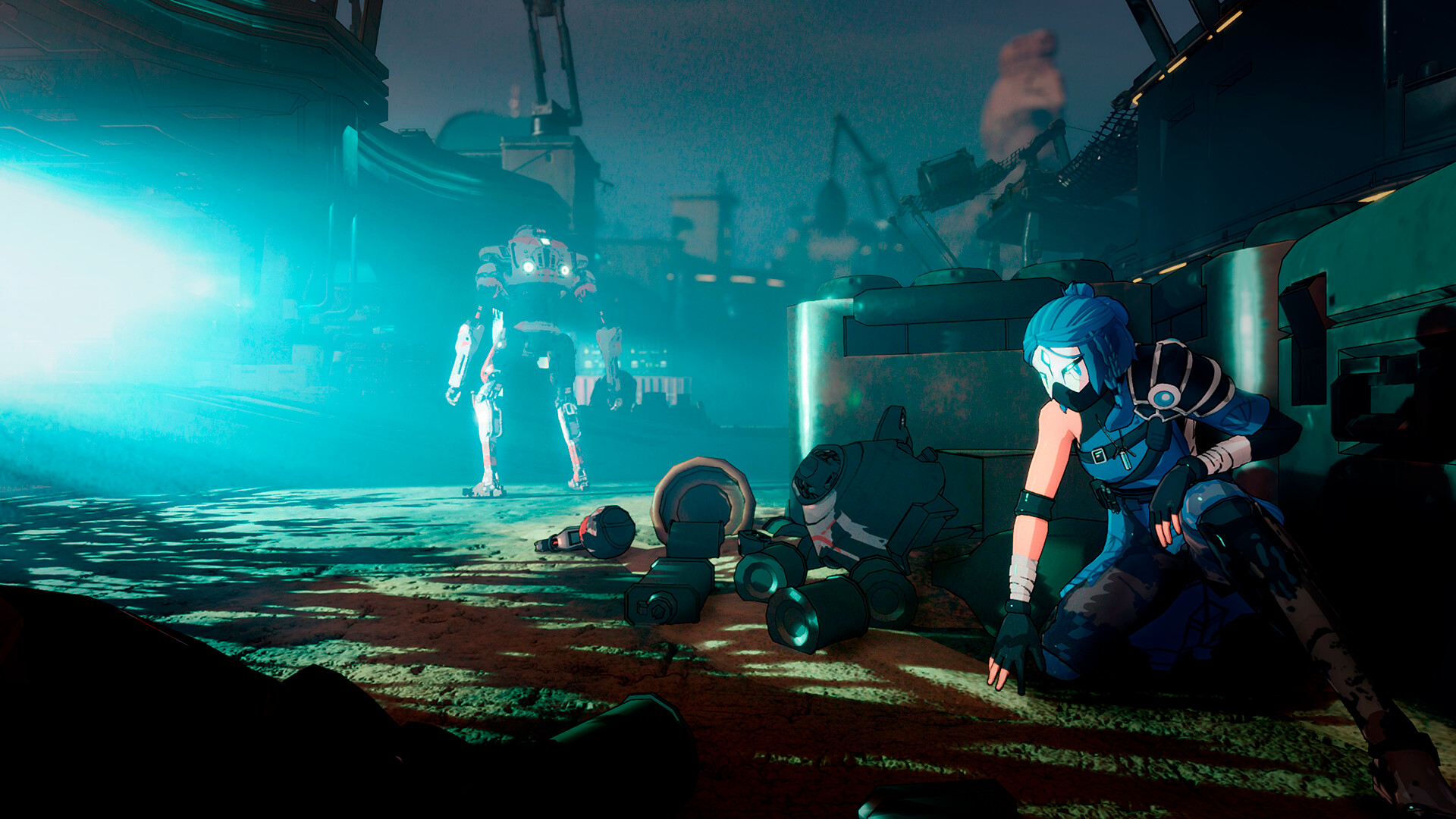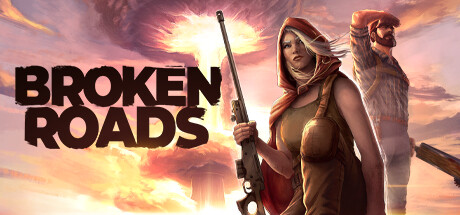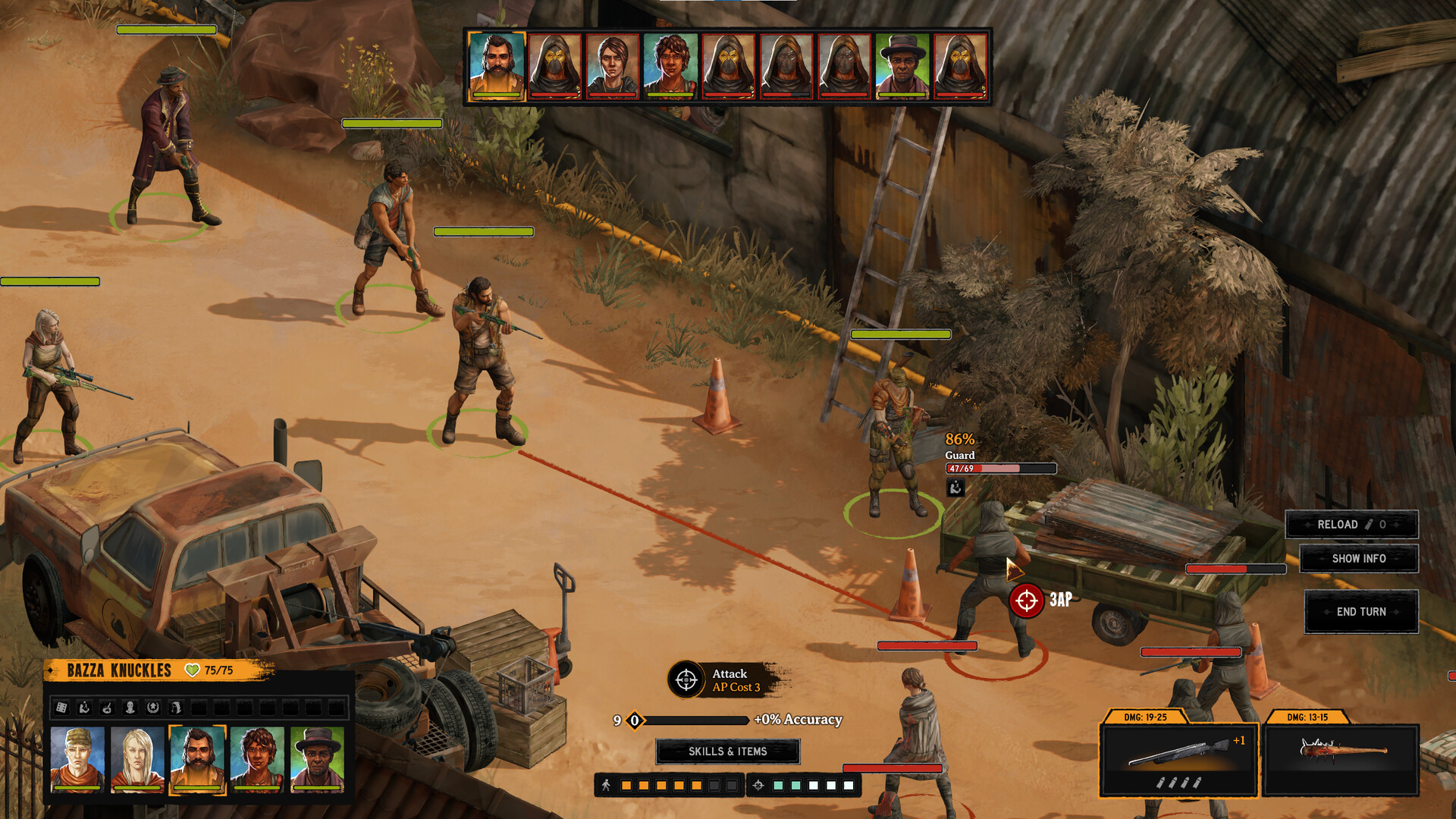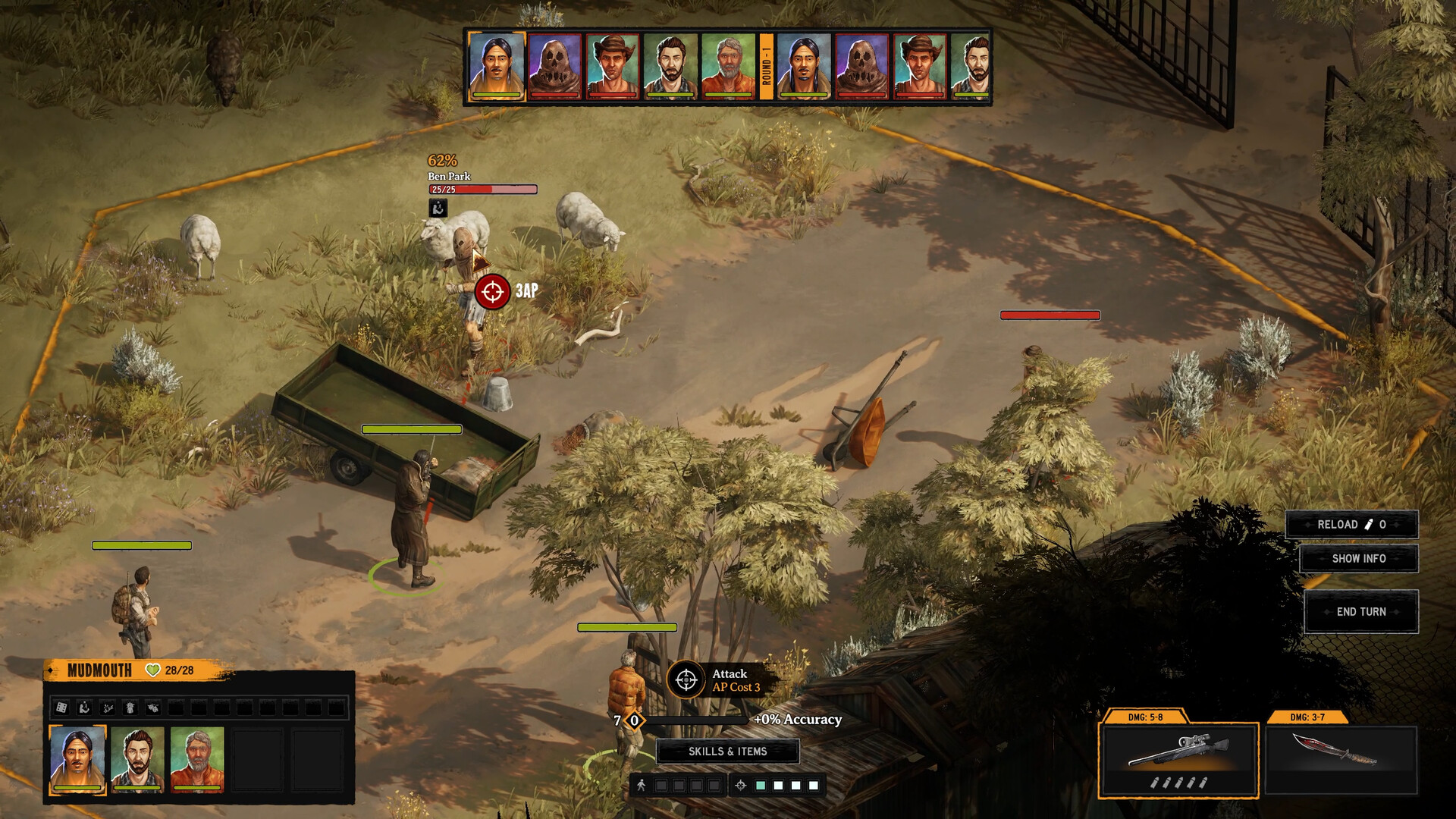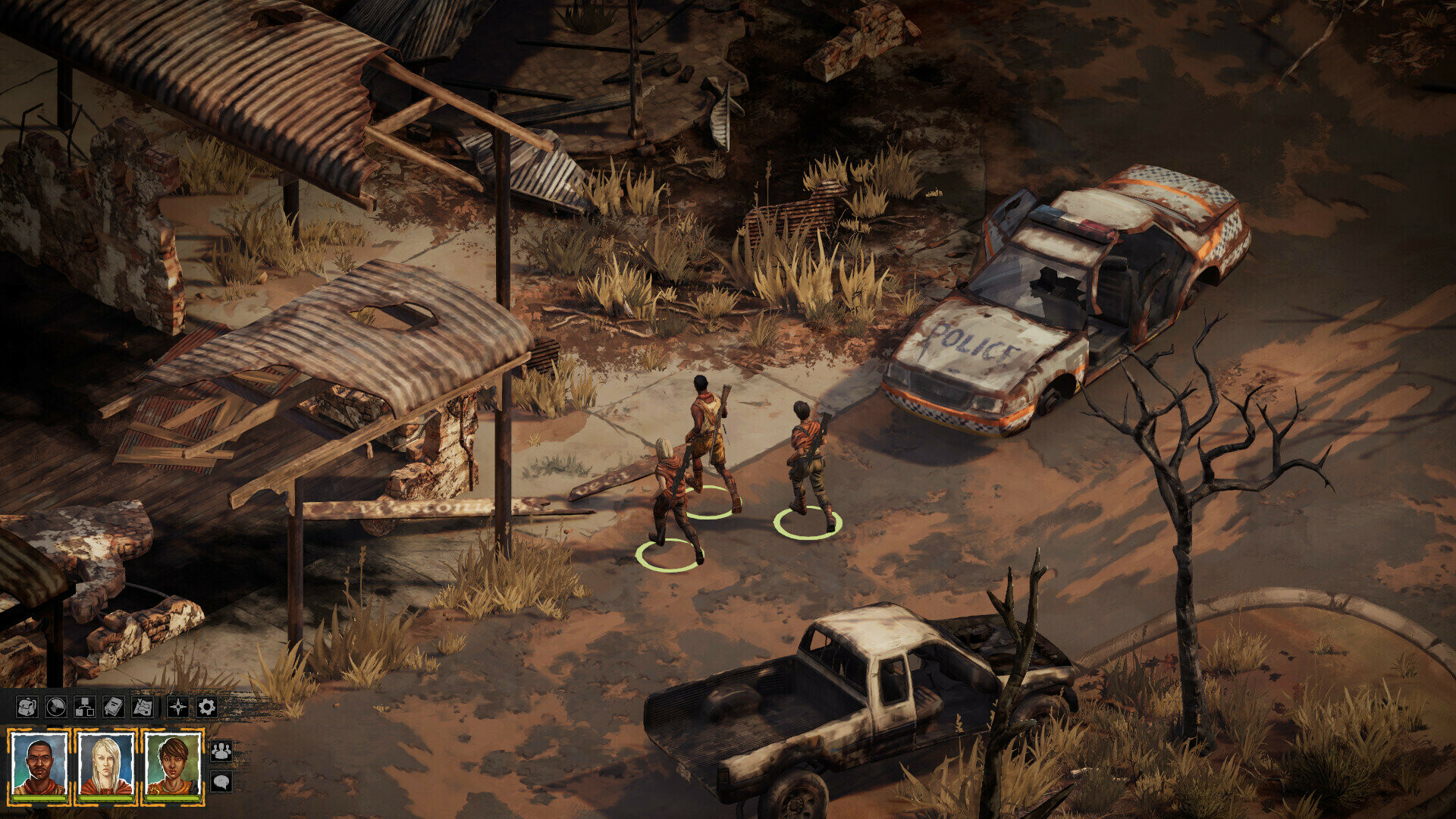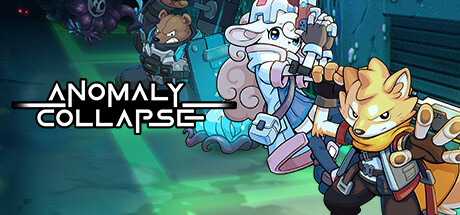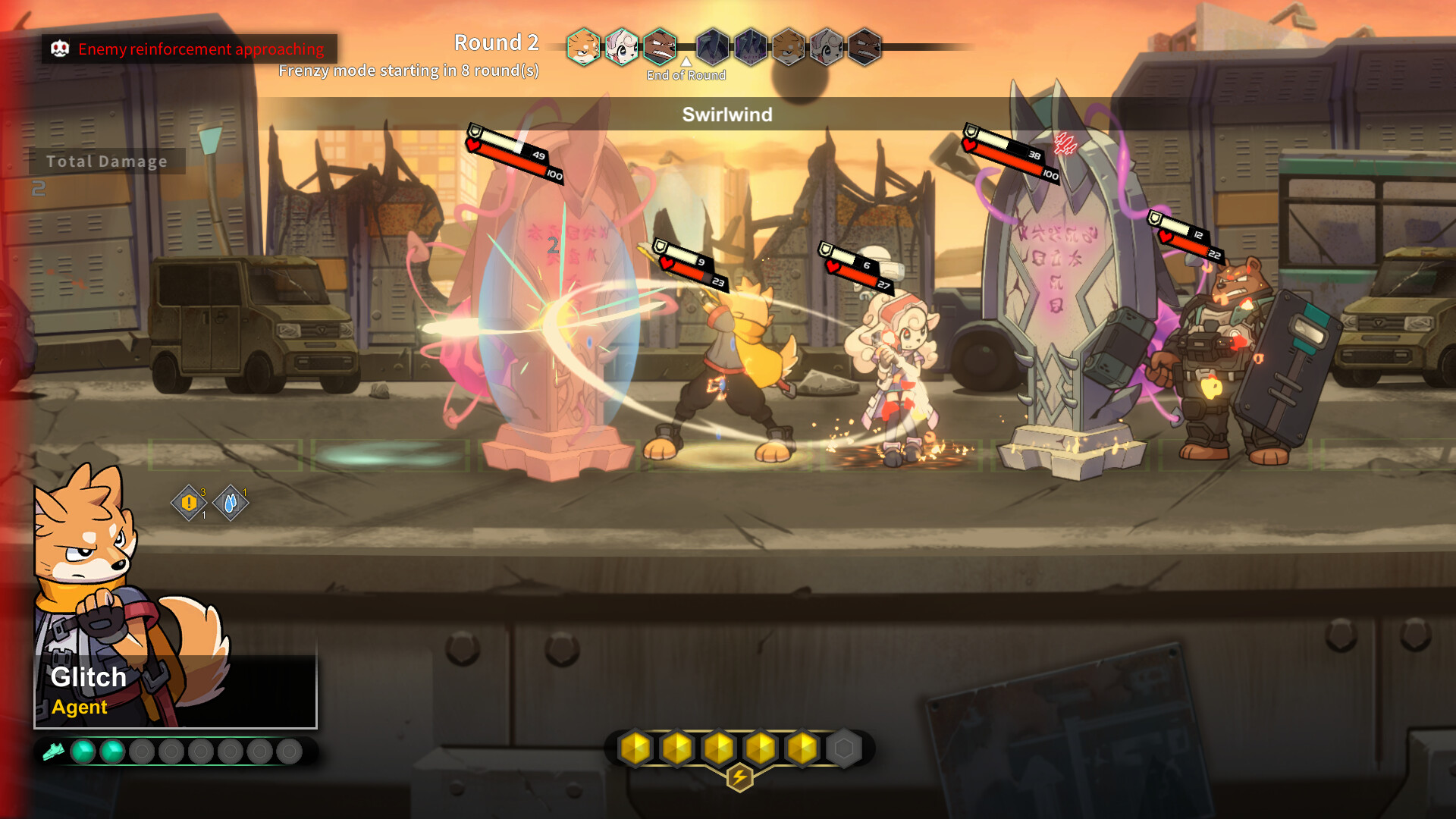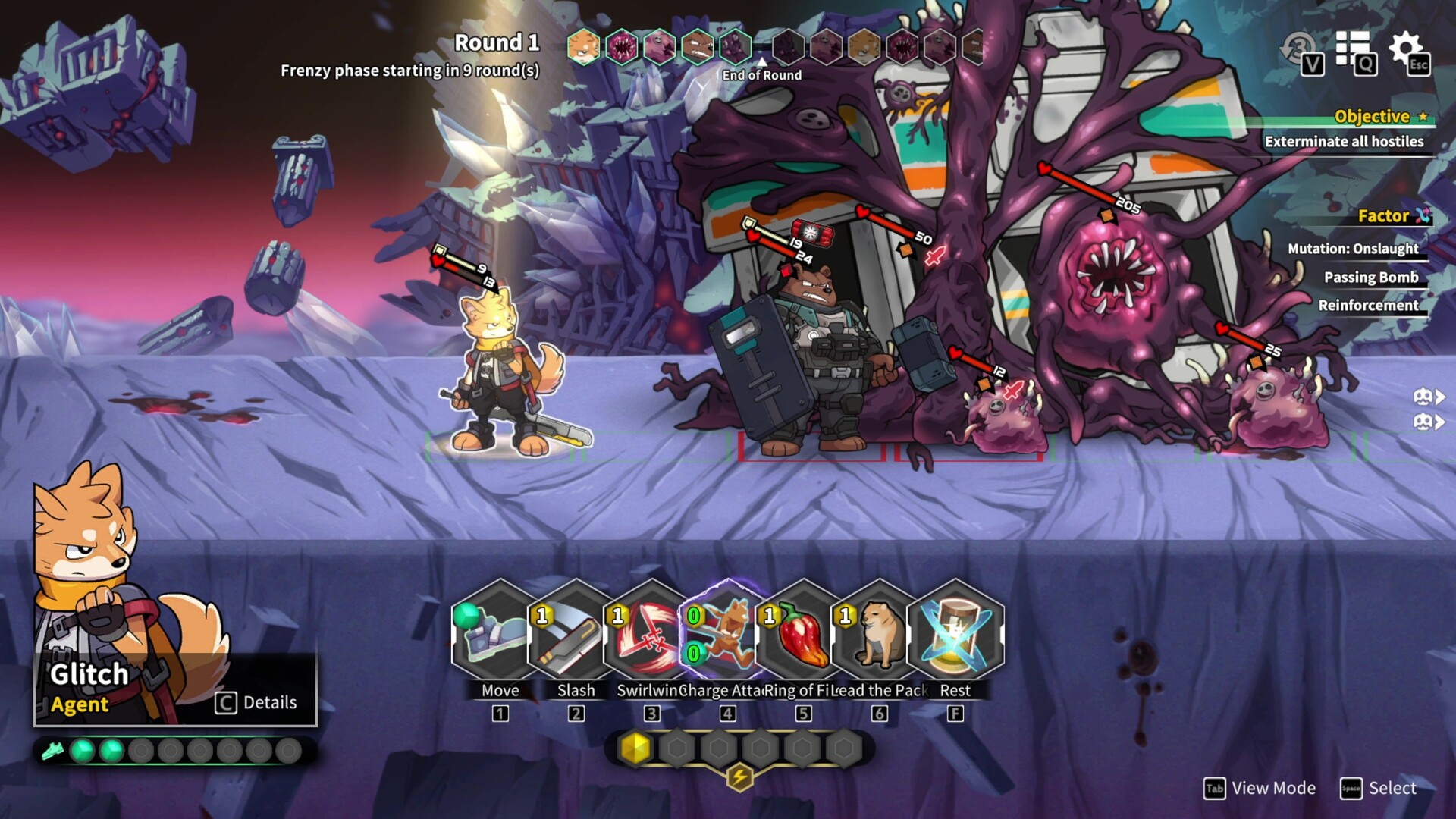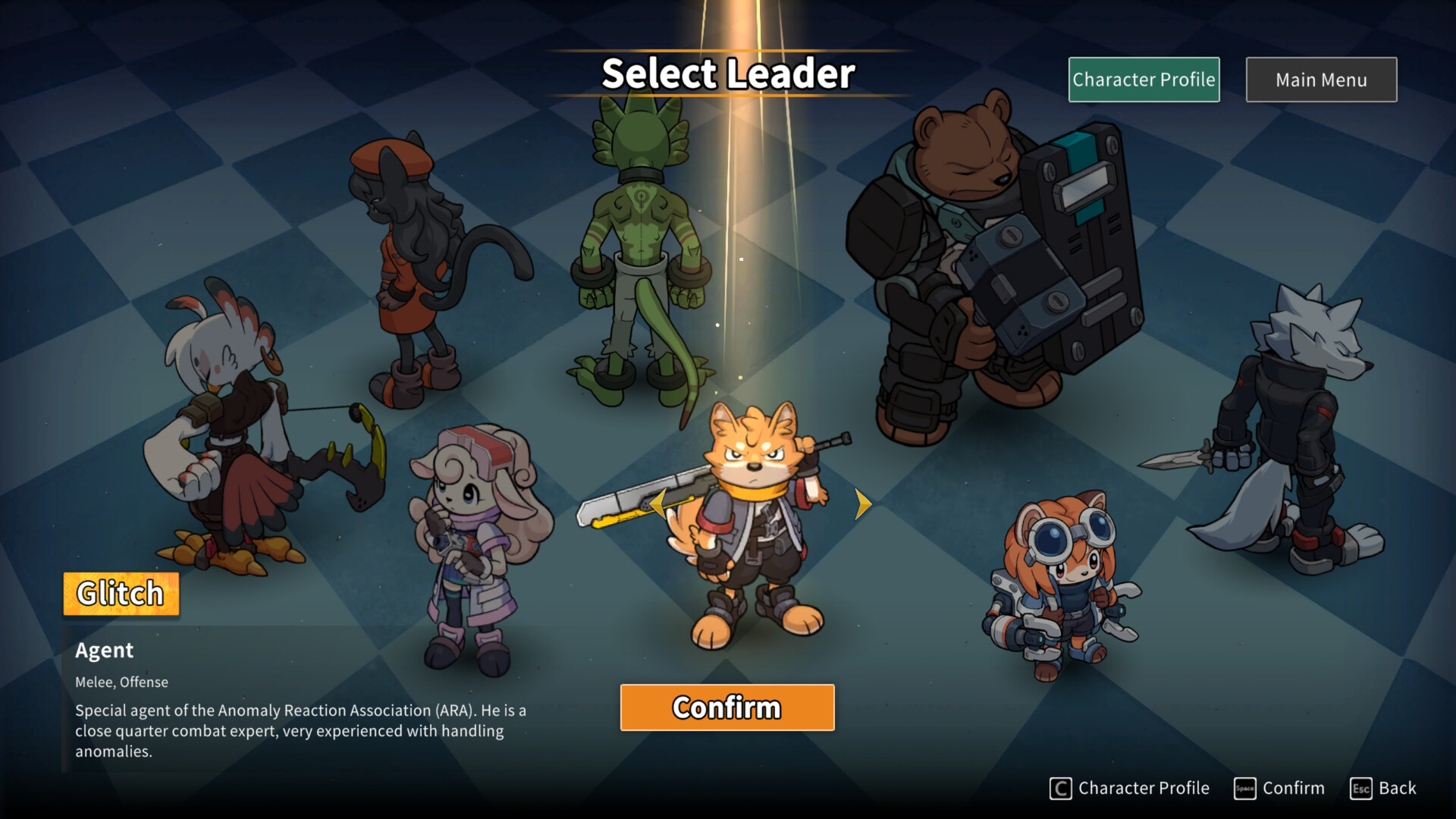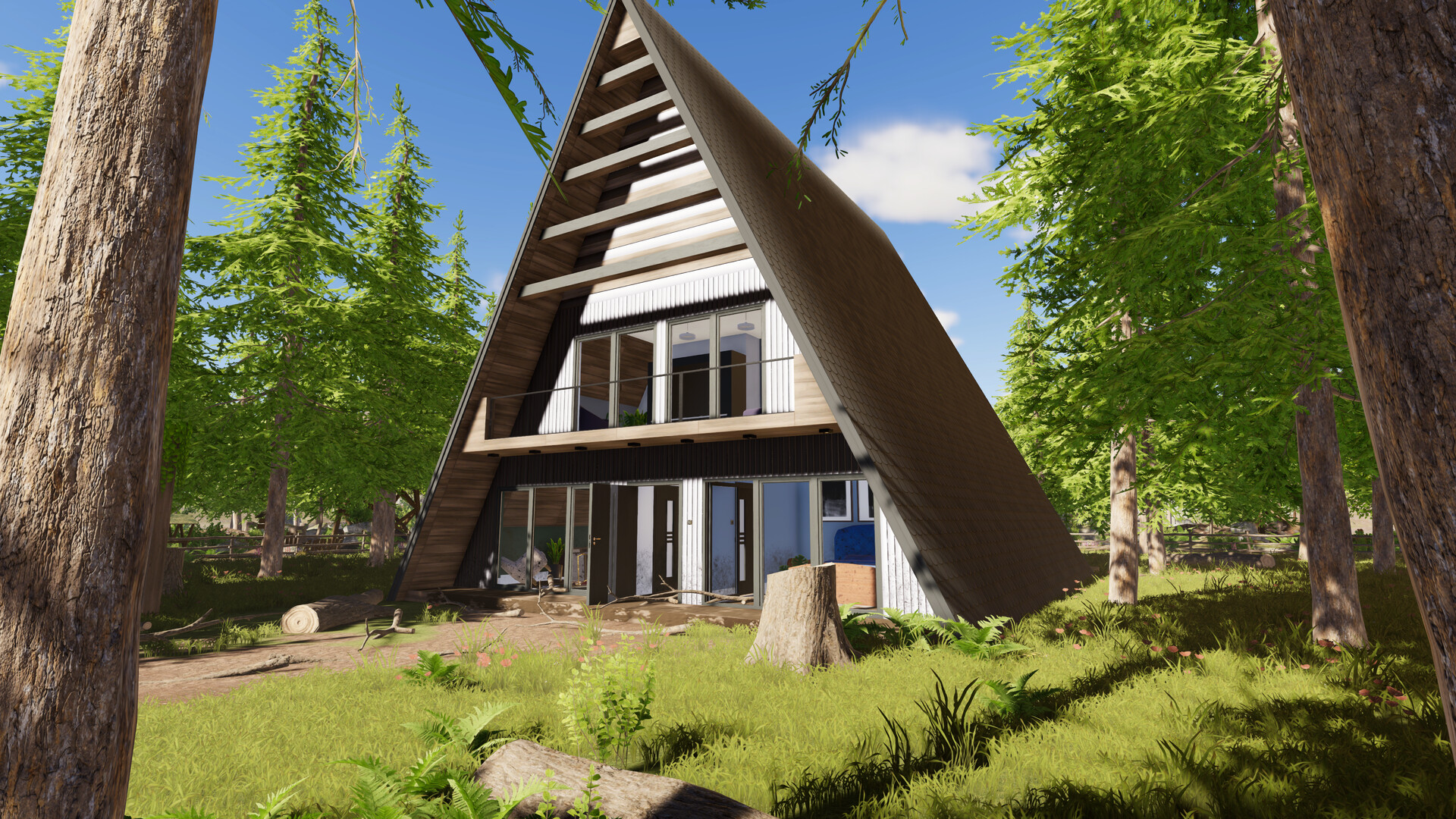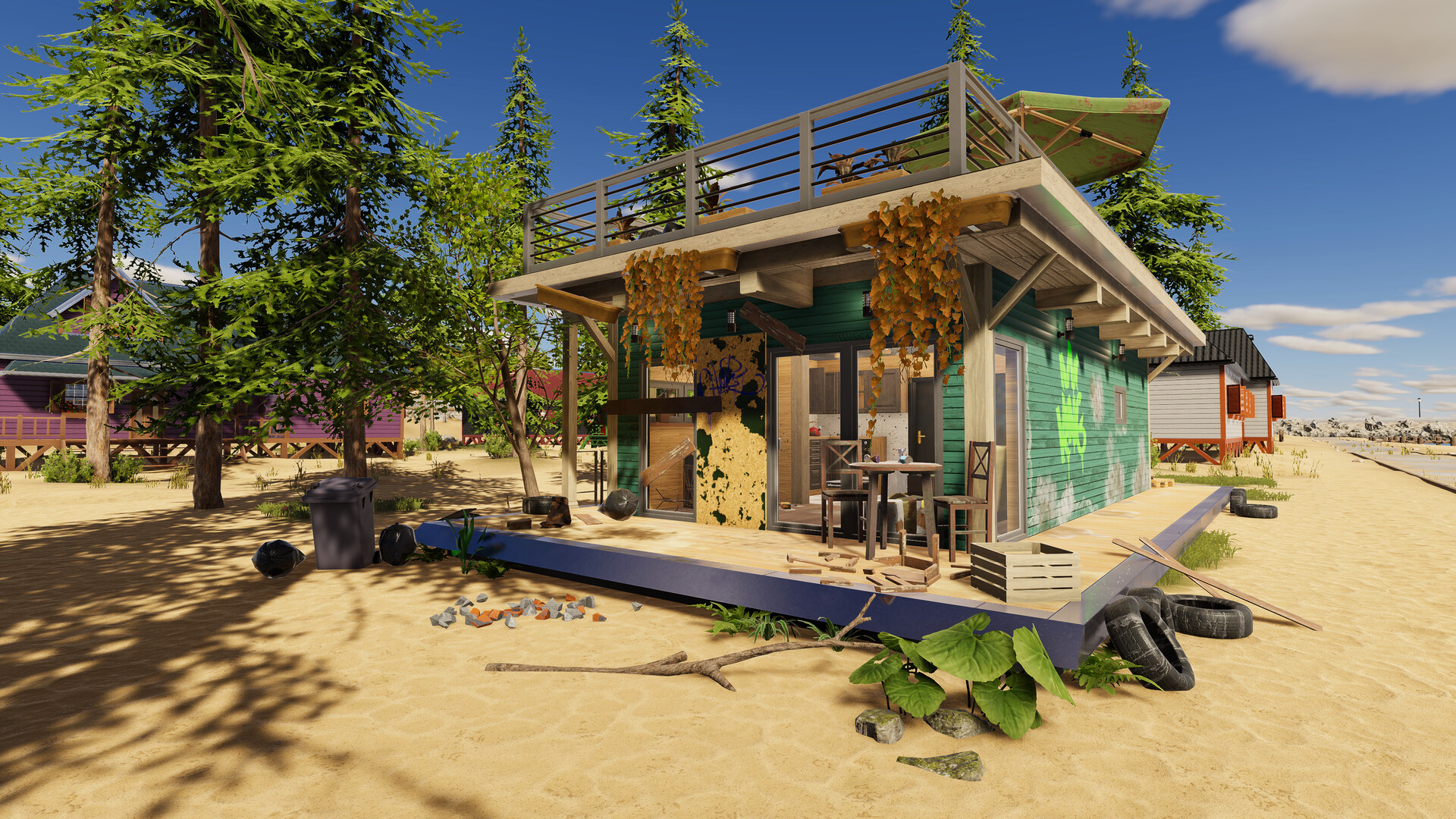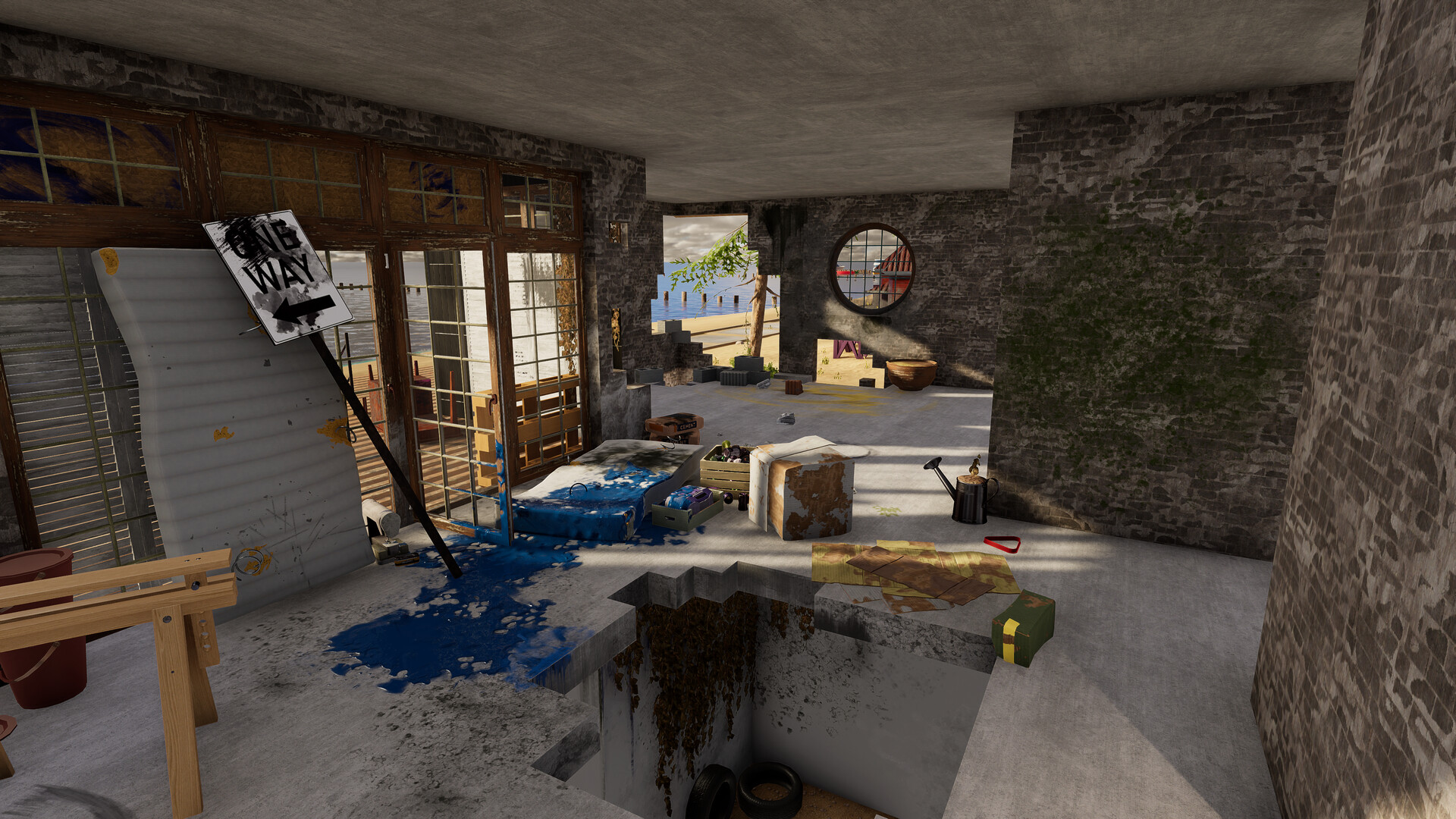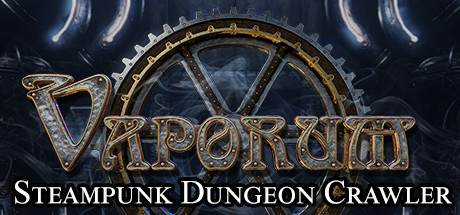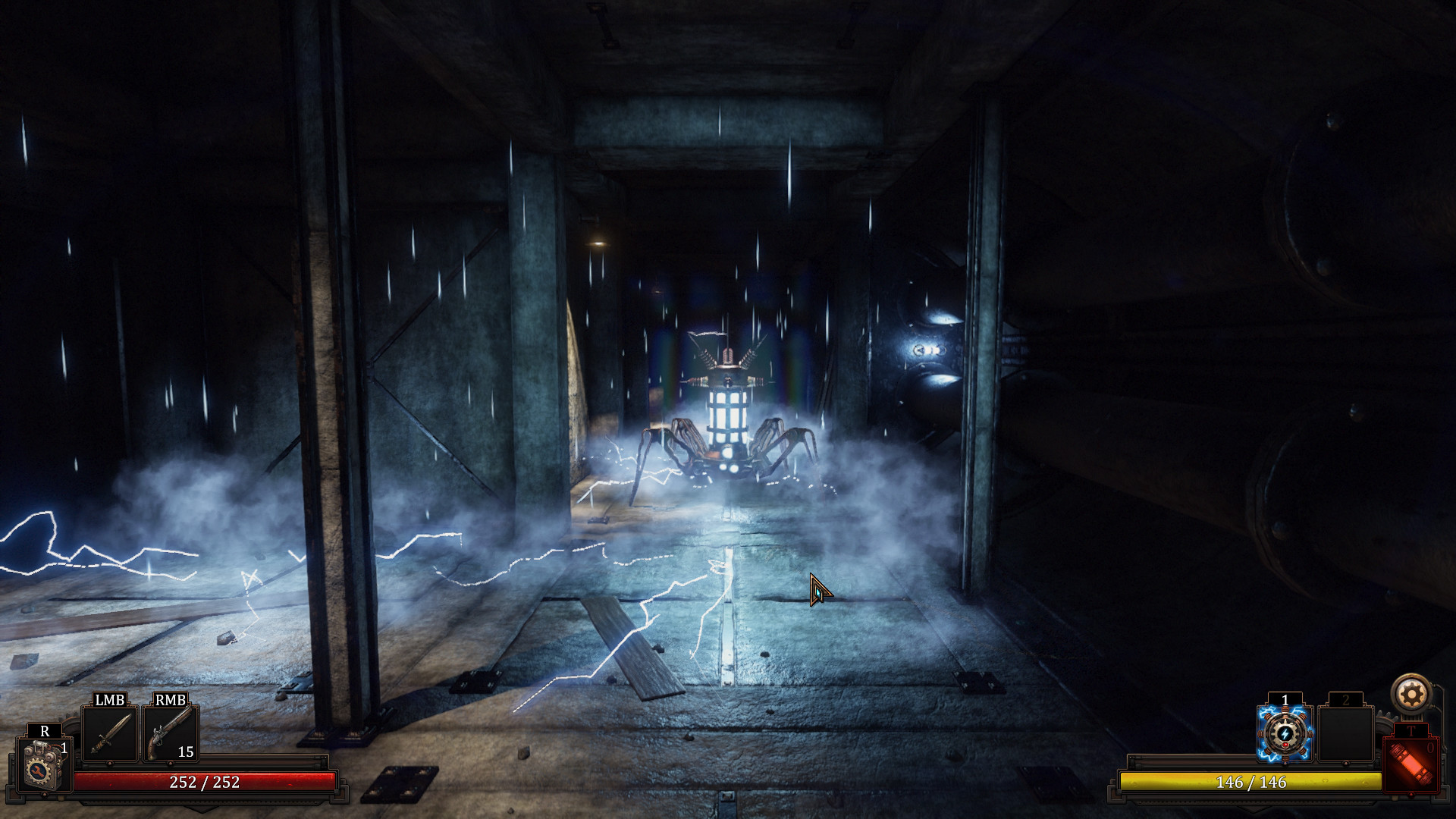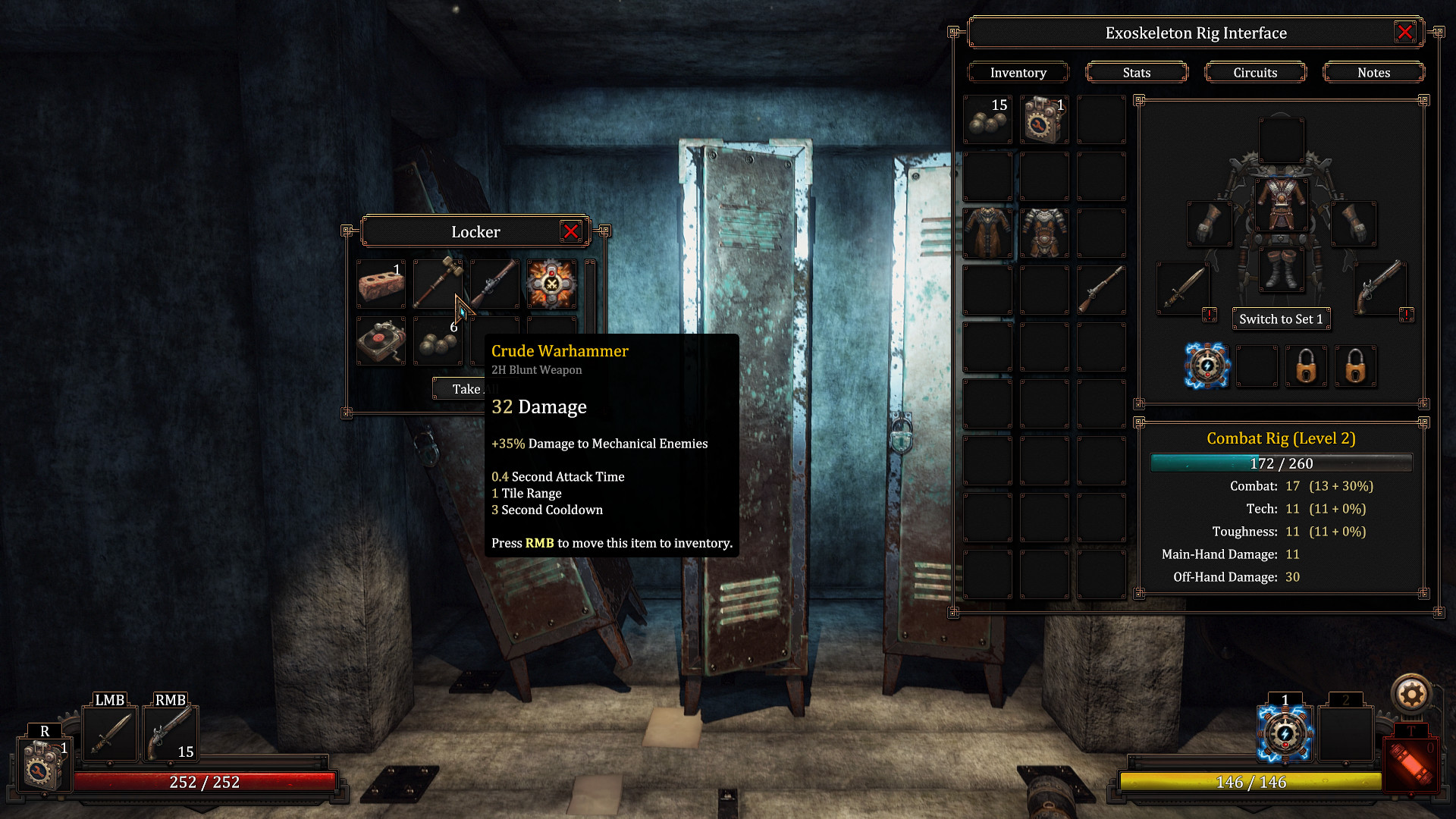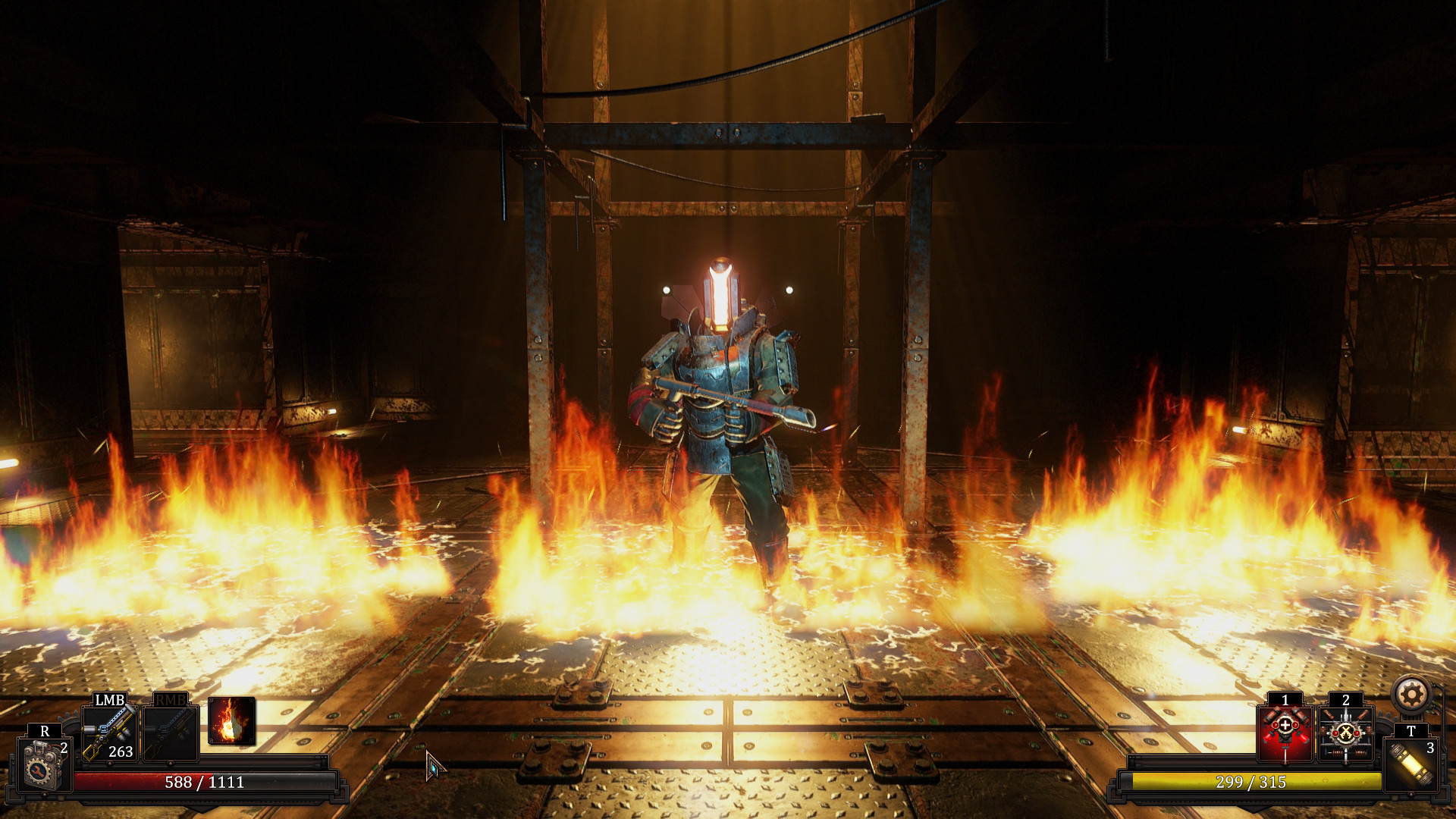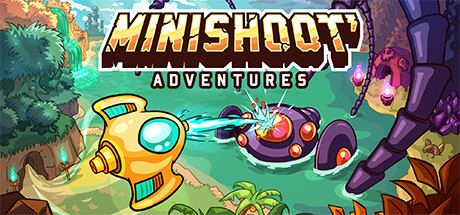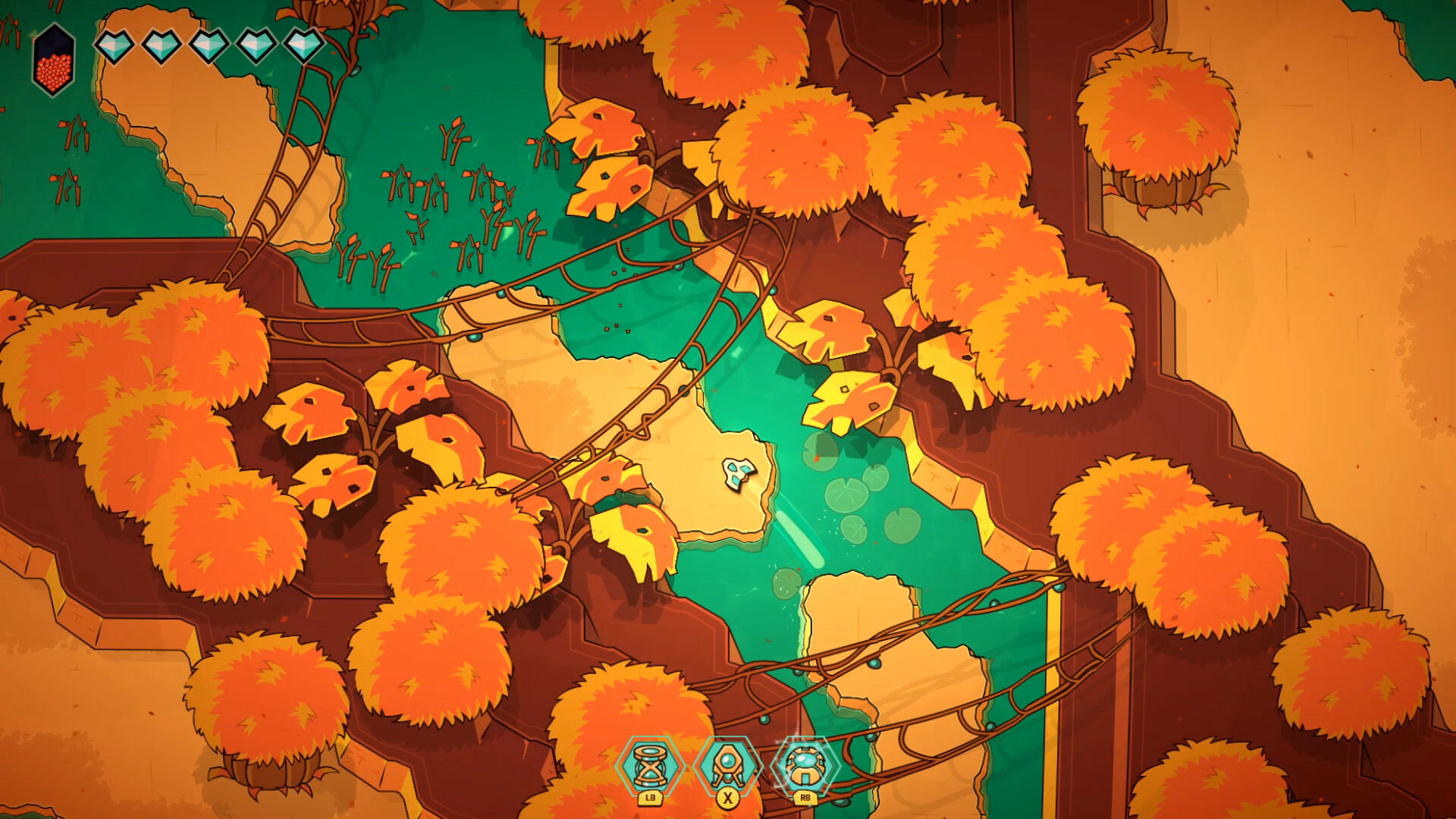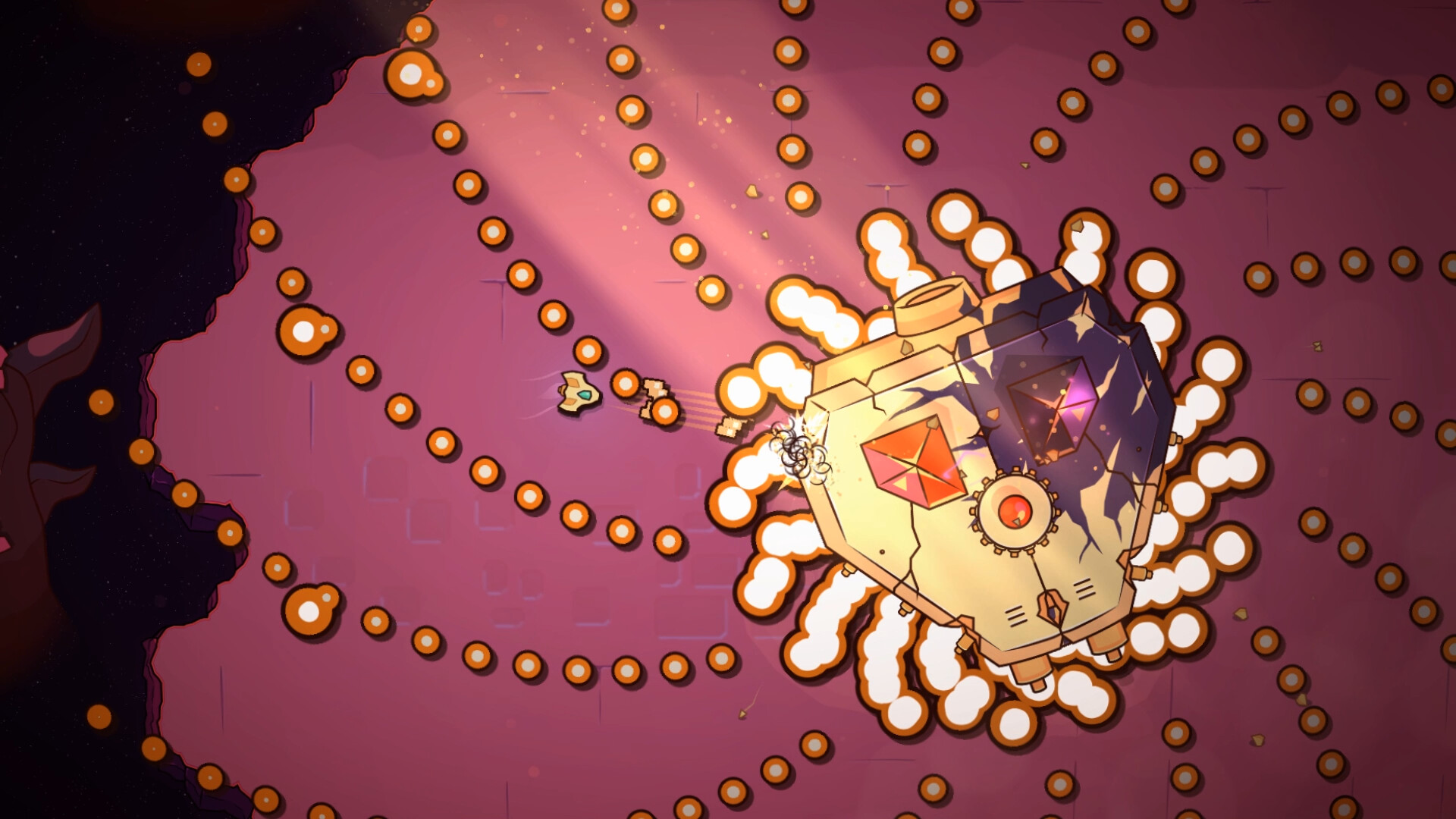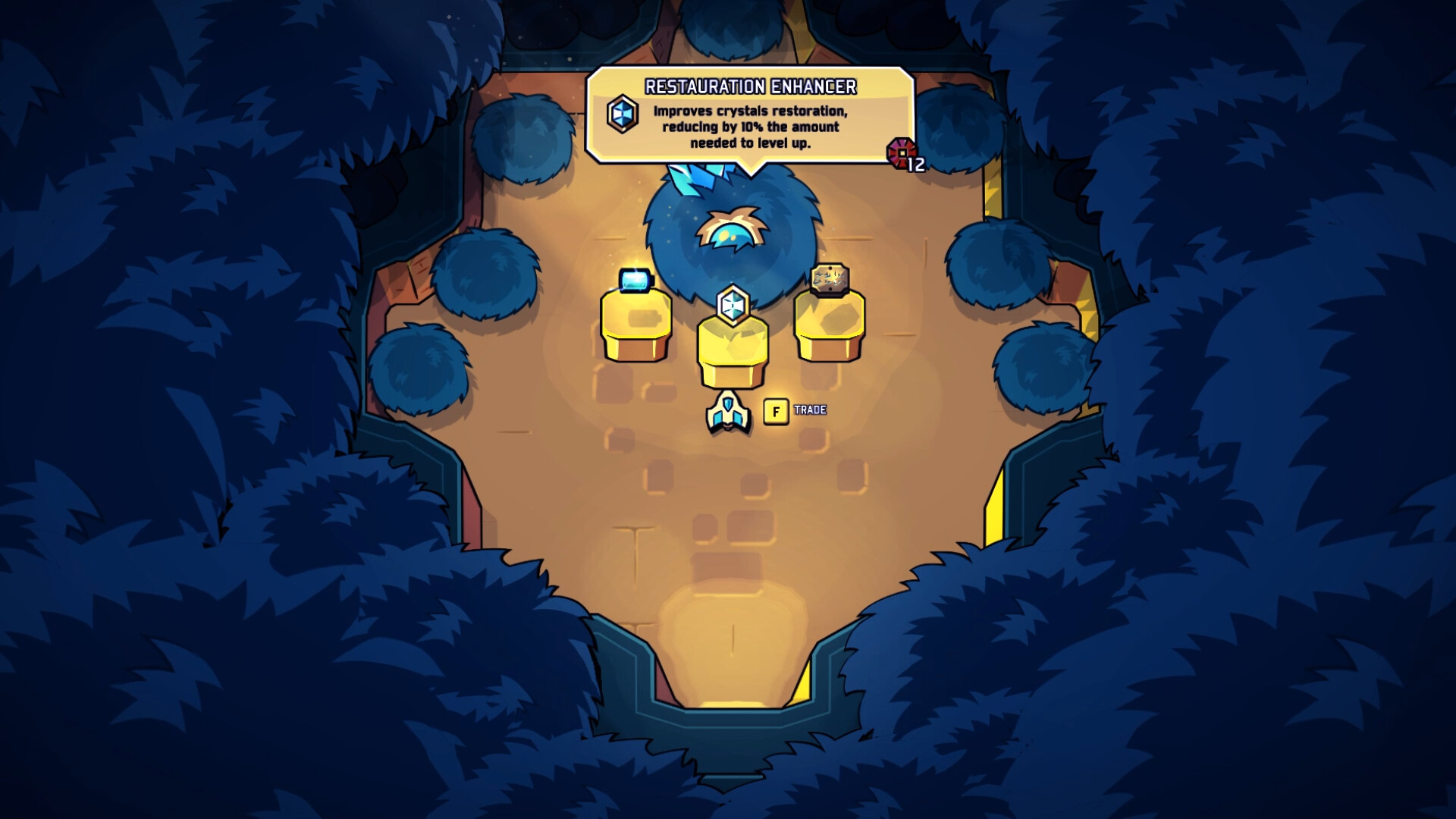
«It’s you, your car and the road. As you drive across the USA, people take notice. But nobody knows where you’ll end up». We’ll see what it’s about.
Story and Gameplay:
We find ourselves with a narrative adventure, developed by Serious Sim, and published by Saber Interactive, that mixes roguelike, roadtrip and management, in which we will have to travel through the United States to escape our problems. A journey with many difficult decisions, inspired by our personal experience, that will play with our emotions. This review will delve into the various aspects of this game, exploring its story and gameplay mechanics, analyzing its graphics and sound design, and ultimately reaching a conclusion about whether this interesting adventure is really worth it (or not).
Like we said, the game is about crossing the vast United States in search of adventure. With that said, the gameplay is divided into 4 acts, where each of them introduces new mechanics, missions, traps and a car. In this sense, the way of playing is designed in a very interesting way. We start with an introductory race that will introduce us to the basic mechanics of the game. We can see striking and graphic presentations of the accelerator pedal being pressed or a slight embarrassment on the faces of our opponents. Also, we have several types of races, but they usually consist of going forward the way you want (as long as you stay on the road), at the pace of absolutely original tracks. For it´s part, when a song ends and we’re ahead, we earn style points, which are then transformed into reputations. Points are deducted for errors, and during the race we can use up to 5 respawns on the track in case something went wrong.
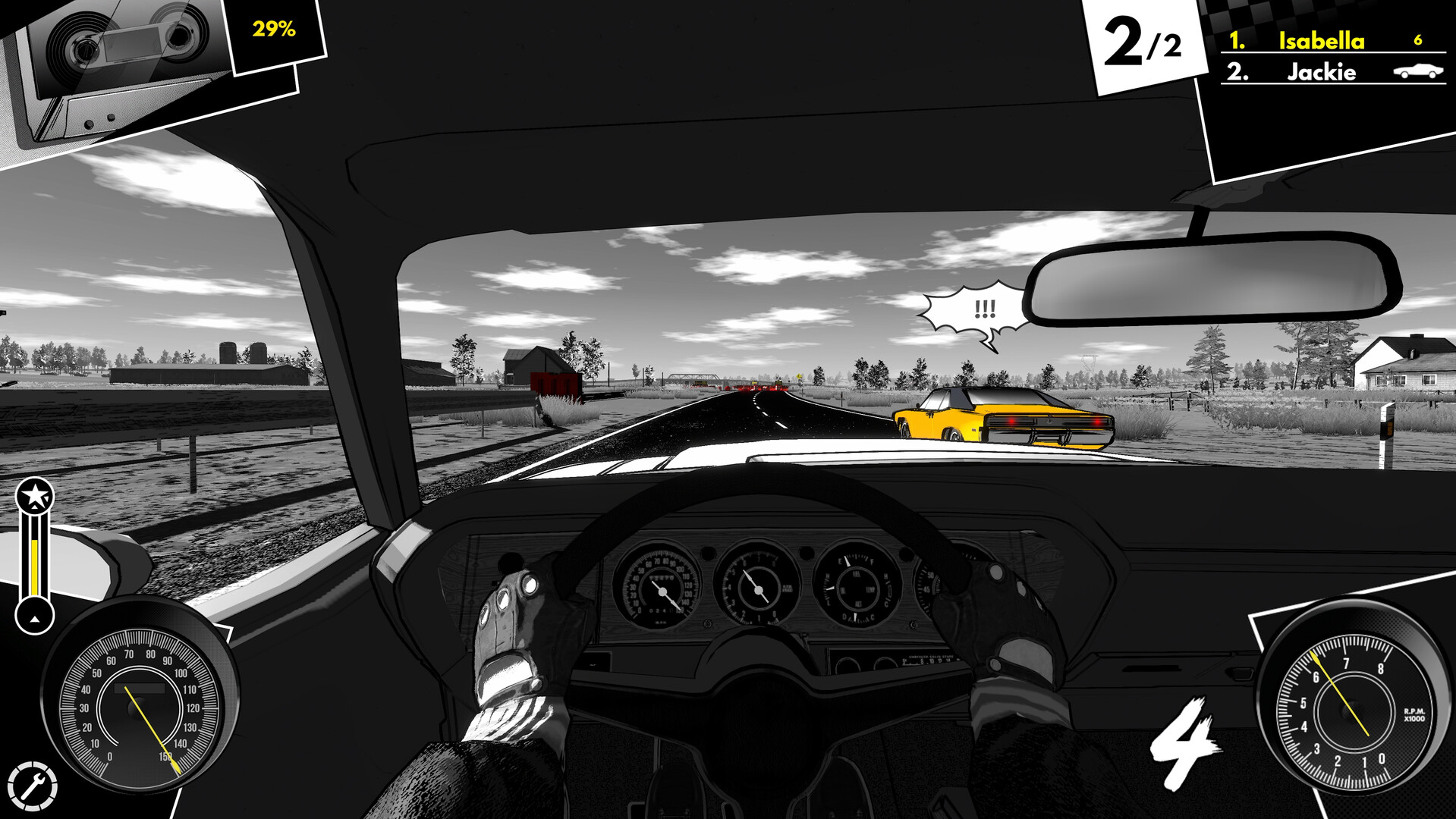
On other hand, radio broadcasts are the backbone of the entire game. After each completed race, we can hear something special. When we close the first race, we will see a huge map of the entire United States. The main routes are marked here. In the upper right we can see the amount of our money, the percentage of the so-called “fear” that is chasing us and if it catches us, we will finish the game, as well as the interest of the police and a series of opportunities. We always determine the path on our own. Many of these routes will be covered by looking at the map from above, passing various events along the way. We literally drive, because we see ourselves as a dot on the map, and by stepping on the accelerator pedal we accelerate. We can also slow down when the police arrive to avoid arousing suspicion.
That being said, along the way, we will encounter some strange stories. In this sense, the story presented in this game is multidimensional and often unusual. The game is designed to be played multiple times, each time taking a different path. If we reach a town or city on the map, we can rest there, repair the car or buy some equipment. We often find options to earn extra money by transporting drugs, winning races or fighting over time. Money is very important, because we pay for gas to drive in the United States, and if we run out of money, we can get scared and lose.
As one would imagine, racing plays an important role in this game, so the driving model must be refined to perfection. It’s not perfect, but you can feel the car and you can get into the rhythm pretty quickly. The nice thing is that each subsequent unlocked vehicle handles slightly differently. The only thing to criticize are the collisions, which are quite strange, by the way (just touch another car to land on the barriers or jump to the side of the road, which can be sadly quite tedious).
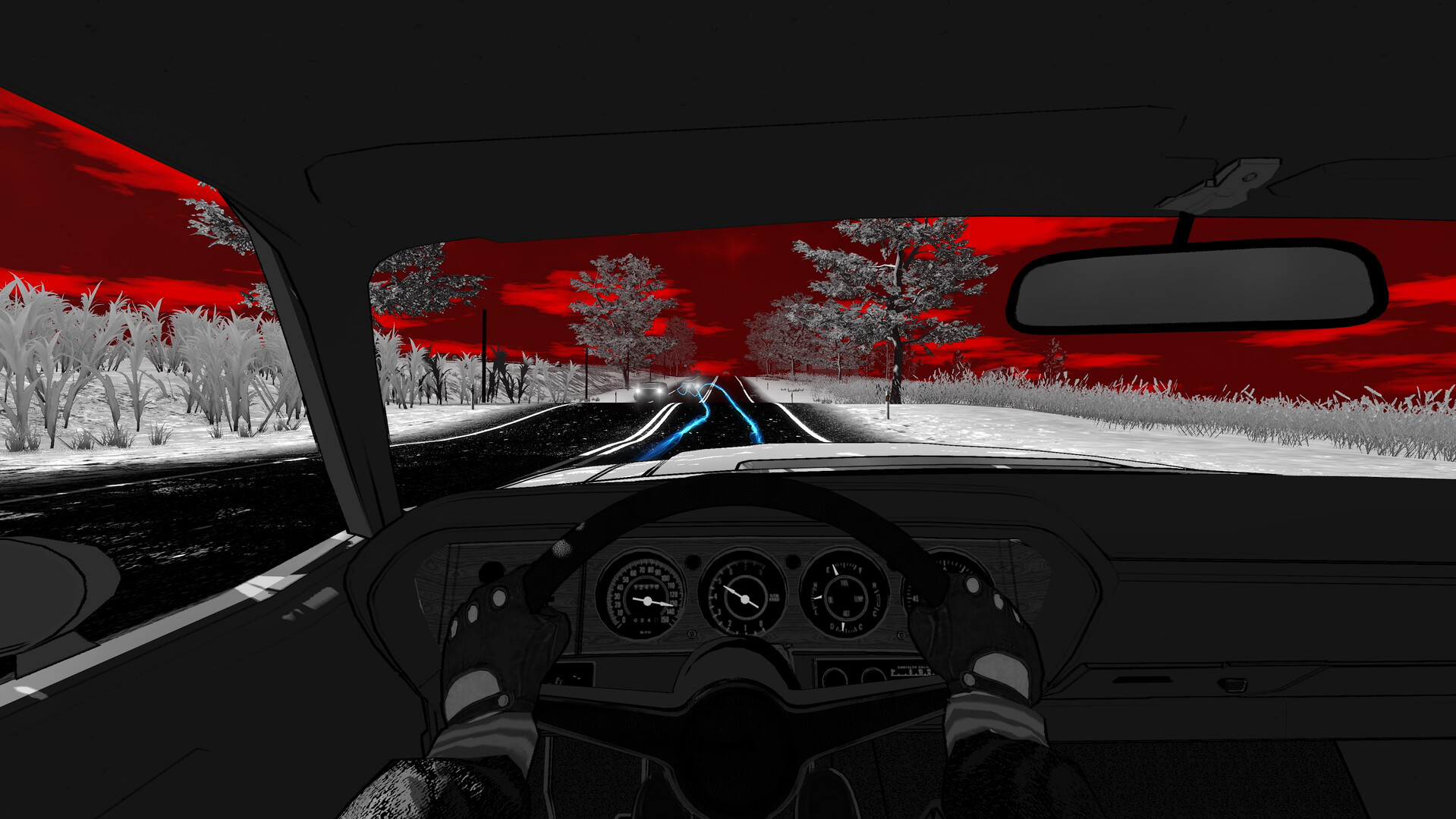
Graphics and Sound:
The graphics are comic-like and black and white. In this sense, colors appear only when they have some justification or create an additional atmosphere. That said, we’re not talking about cutting-edge graphics, but they hold their own quite well. The detail of the cars, roads and background landscapes is very well done.
Regarding the sound section, the radio is the main protagonist with a fantastic soundtrack that features a nice variety of genres. Also, we can hear the sounds of our car when accelerating, braking or even colliding with rivals, who will even insult us when we beat them. In this sense, the voice acting is also very well done.

Conclusions:
Heading Out offers an immersive gaming experience that combines narrative adventure, road trip and management. Through four acts, players explore the United States, making significant decisions that affect the development of the story. Despite some peculiarities in the driving mechanics, the game captivates with its narrative depth, comic-style graphics, immersive radio dynamics and unique atmosphere. The game touches on many contemporary themes in a very accessible way, which is why it can be a title to take into account, whether you have liked narrative adventures for a long time or are someone who is looking for new experiences.
My Score is 8.0
